
Influencers & Optimal Seeding
Despite decades of work on the network structures underlying social influence, standard measures of node centrality frequently misidentify the most influential nodes in a network.

Despite decades of work on the network structures underlying social influence, standard measures of node centrality frequently misidentify the most influential nodes in a network.

Do reduced barriers to social exchange create more durable forms of inequality? We investigate this puzzle with a simple model of pairwise bargaining in populations stuck in states of inter-group inequality.
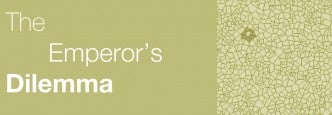
The authors demonstrate the uses of agent-based computational models in an application to a social enigma they call the “emperor’s dilemma,” based on the Hans Christian Andersen fable.
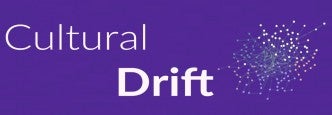
Studies of cultural differentiation have shown that social mechanisms that normally lead to cultural convergence—homophily and influence—can also explain how distinct cultural groups can form.
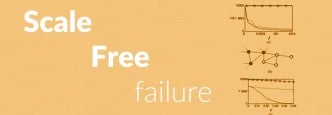
A class of inhomogenously wired networks called “scale-free” networks have been shown to be more robust against failure than more homogenously connected exponential networks.
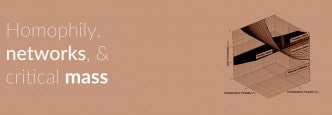
Formal theories of collective action face the problem that in large groups a single actor makes such a small impact on the collective good that cooperation is irrational.
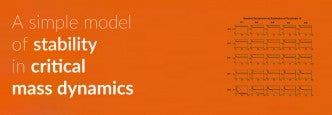
In collective behaviors with strongly self-reinforcing dynamics, incentives to participate increase with the number of participants, such that incentives are highest when the full population has adopted the behavior.
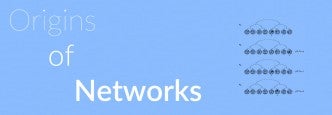
Recent research on social contagion has demonstrated significant effects of network topology on the dynamics of diffusion. However, network topologies are not given a priori.
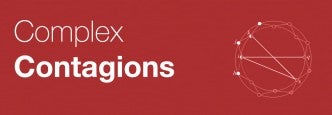
The strength of weak ties is that they tend to be long—they connect socially distant locations, allowing information to diffuse rapidly. The authors test whether this “strength of weak ties” generalizes from simple to complex contagions.